Mizuna
Mizuna is an oriental vegetable distinguished by its elegant leafy look and attractive deep green color. It is associated with the mustard family.

Mizuna
Table Of Content
Mostly spotted in mesclun salad mixes, this vegetable is attributed with a kind of mild and exotic mustard- like flavor. It is the young leaves that taste best when used raw, while the older leaves should be lightly cooked.
These greens have a history with countries like China and Japan, where these plants were cultivated extensively since ancient times. In fact the very name of mizuna greens has been inspired by the Japanese word ‘mustard plant’ wherein mizu means water and nu stands for mustard plant.
Other common names associated with this salad green include Xiu Cai, Potherb Mustard, Kyona, Japanese Mustard, Spider Mustard and California Peppergrass.
Mizuna is one such plant that is excessively cold tolerant, that makes it quiet popular especially with gardeners belonging to cold regions.
This plant happens to be extremely cold tolerant, making it popular with gardeners in cold regions
Mizuna Scientific Name
The scientific name attributed associated with mizuna is Brassica rapa var. nipposinica or var. japonica.
Mizuna Description
This plant is adorned by a pretty patterned leaves that are light to dark green in color. These leaves are also identified by a whitish mid vein. The leaves more or less resemble fern fronds complimenting a feathery look. The short, slender leaf stalks are white and juicy. The plant cluster reaches a height of about 9 inches with a diameter of approximately 18 inches when fully grown.
This plant is characterized with an overall vigorous and steady growth. These plants tend to reappear even after cutting.
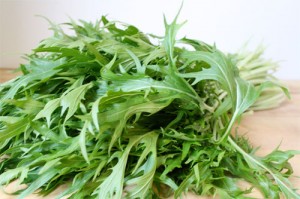 Picture 1 – Mizuna
Picture 1 – Mizuna
Source – seriouseats.com
Mizuna Varieties
Mizuna varieties come in different textures and colors. There are over 10 different varieties of mizuma greens some of which are the following:
- Kyona Mizuna
- Early Mizuna
- Vitamin Green Mizuna
- Happy Rich Mizuna
- Waido Mizuna
- Tokyo Early Mizuna
- Kyoto Mizuna
- Summer Fest Mizuna
- Mibuna Mizuna
- Komatsuna Mizuna
- Purple Mizuna
Mizuna Cultivation
It is important to remember the fact that mizuna is a cold tolerant plant while discussing its cultivation. Moreover these plants also generally have a long growing season. Let us take a closer look at the climatic and geographic conditions that are favorable for the cultivation of these plants.
Site and Soil
A spacious, open site preferably without shades would be ideal for the growth of mizuna greens. The plant also has a tendency to tolerate light shade.
These plants can more or less adjust to a wide variety of soils provided the soil is fairly fertile with adequate moisture holding capacity. However fertile and moisture retentive soil is most suitable for these plants. The nitrogen requirement of this plant is also quiet high, characteristic to all brassicas. This particular requirement of the plant can be met by adding liquid feeds like seaweed fertilizer to the soil.
Please note that mizunas also require a firm soil that is well drained.
It is also desirable if the soil is slightly acidic with a pH of 5.4 to the minimum. You could also adjust the soil’s pH by adding a small quatity of lime into it.
You should also accustom the plant to a 3 year rotation plan in order to protect the plant from acquiring soil infections like Clubroot. Brassicas are extremely vulnerable to such type of soil infections.
Water
You should water the plant regularly to retain the soil’s moisture.
Sun
During the winter months a full sun exposure works wonders for the plant. However in summer, the plant could also do with a bit of light shade.
Season
In many parts of the world mizunas are sown by early to late summer. However the sowing time could also begin in late spring. Another sowing time allocated to these plants is early autumn.
Mid June till the end of August is the most appropriate time period for the growth of semi-mature and mature mizuna plants. This plant is to be sown under cover during mid-September if required for winter use.
How to Grow Mizuna?
This oriental vegetation is truly one of a kind and the variety of uses it serves, makes it a popular favourite among people who want to grow it. Apart from being cold tolerant plants, mizuna greens are also valued for the ornamental purpose they serve in gardens. This plant is also extensively grown as a seedling crop for the purpose of intercropping. As such the alternative uses facilitates it growth both as a mature plant or a seedling crop.
This plant can provide an excellent edging to vegetable beds owing to its attractive leaves.
The information given below provides the necessary steps and requirements for growing the plant.
You have the option to either sow the seeds directly in the garden soil or use pots or cell packs. Moreover growing it in pots or cell packs also makes it convenient to transplant the plant to the garden soil if required in future. The plants are ready to be transplanted after a period of 2 to 3 weeks.
Furthermore you have the option to harvest these plants as seedlings, semi- mature plants or mature plants accordingly.
It is recommended to maintain a minimum distance of 4 inches between the plants if your intention is to grow them as small plants.
A preferred distance of 8 to 9 inches apart would be appropriate for the growth of medium-sized mizuna plant.
Spacing the plants 12 to 18 inches apart will be favourable for the growth of bigger mizuna plants. Fully grown plants acquire a height of approximately 9 inches.
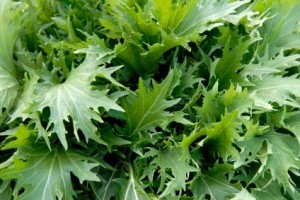 Picture 2 – Mizuna Image
Picture 2 – Mizuna Image
Source – misshomemade.com
Intercropping
This plant is can be planted amidst other crops promoting an excellent form of inter cropping in your garden. Varieties of brassicas including cauliflower and broccoli would be ideal for this case owing to the slow growth of these plants.
During the summer months, you are recommended to plant mizunas in between rows of corn. This cut-and-come-again vegetable can be continued to be harvested for a long period of time even after the corn has been harvested.
How to cook Mizuna?
Foodies will love the mild and tangy mustard like flavor of mizuna greens. The pleasantly bitter taste of this salad crop is argued to be less sharp compared to arugula.
The first step is to wash the mizunas by submerging the leaves into an ice bath. You will notice that by doing so dust particles if any will settle at the bottom of the container. After a minute or so, transfer the mizuna greens to a bowl shaped strainer. However you should not forget to rinse them with cold water, prior to usage.
Mizunas can be stored inside a refrigerator for approximately 3-4 days. Make sure it is loosely covered, so that the vegetable does not lose its moisture content.
Most of the time, people prefer to mix mizunas with other lettuces in the preparation of a healthy and nutritious salad.
You can use the mizuna leaves to garnish hot soups thereby adding a delightful touch to the broth.
Mizuna Availability
Mizuna greens are available almost throughout the year. You will find the markets flooded with these vegetables especially during the fall.
While picking these vegetables at a store you are recommended to avoid buying bunches that appear soiled or slimy. Always choose a crisp and fresh bunch to enjoy the flavor at its best.
Mizuna Nutrition Facts
These greens are like power food that also compliments an outstanding flavor at the same time!
The mild mizuna greens are packed with vitamin C, iron and folate that are extremely vital for good health. Vitamin C enhances the immune system holding up a good fight against deadly viruses that tend to attack our body.
Introducing mizuna greens to your diet can also reduce the risk of acquiring cancer! These vegetables contain powerful antioxidants known as glucosinolates that have the capability to keep cancer at bay.
Mizuna Recipes
It is the versatility of these greens that make it a favorite among cooks across the world. Though majority of the times mizuna is used in salads or as garnish for dishes, these greens are also excellent when chopped and added to soups, pasta, pizza and stir fries.
Mizuna is also awesome when topped with grilled shrimp!
Lap Chong and Mizuna Maki
Feel the Chinese sausage, lap Chong melt in your mouth and enjoy this bliss with mild and tangy mizuna salad!
Bitter Green Salad with Roasted Pears
This exquisite salad is incomplete without mizuna greens. You have to try it!
Mizuna Pictures
Check out some of the pictures of Mizuna.
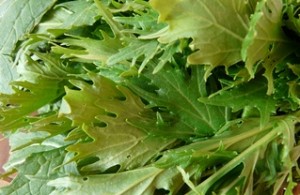 Picture 3 – Mizuna Photo
Picture 3 – Mizuna Photo
Source – planetgreen.discovery.com
Picture 4 – Mizuna Picture
Source – foodmayhem.com
Reference:
http://www.food.com/recipe-finder/all?foodido=19951
http://www.specialtyproduce.com/produce/Mizuna_2027.php
https://www.healthline.com/nutrition/mizuna
http://en.wikipedia.org/wiki/Mizuna
https://www.gardenzone.info/crops/mizuna.html
https://www.urbancultivator.net/learn-about-mizuna/
- by baishakhee
- September 12th 2011

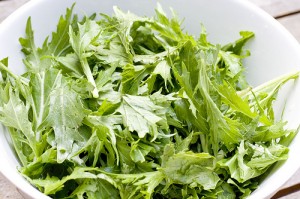
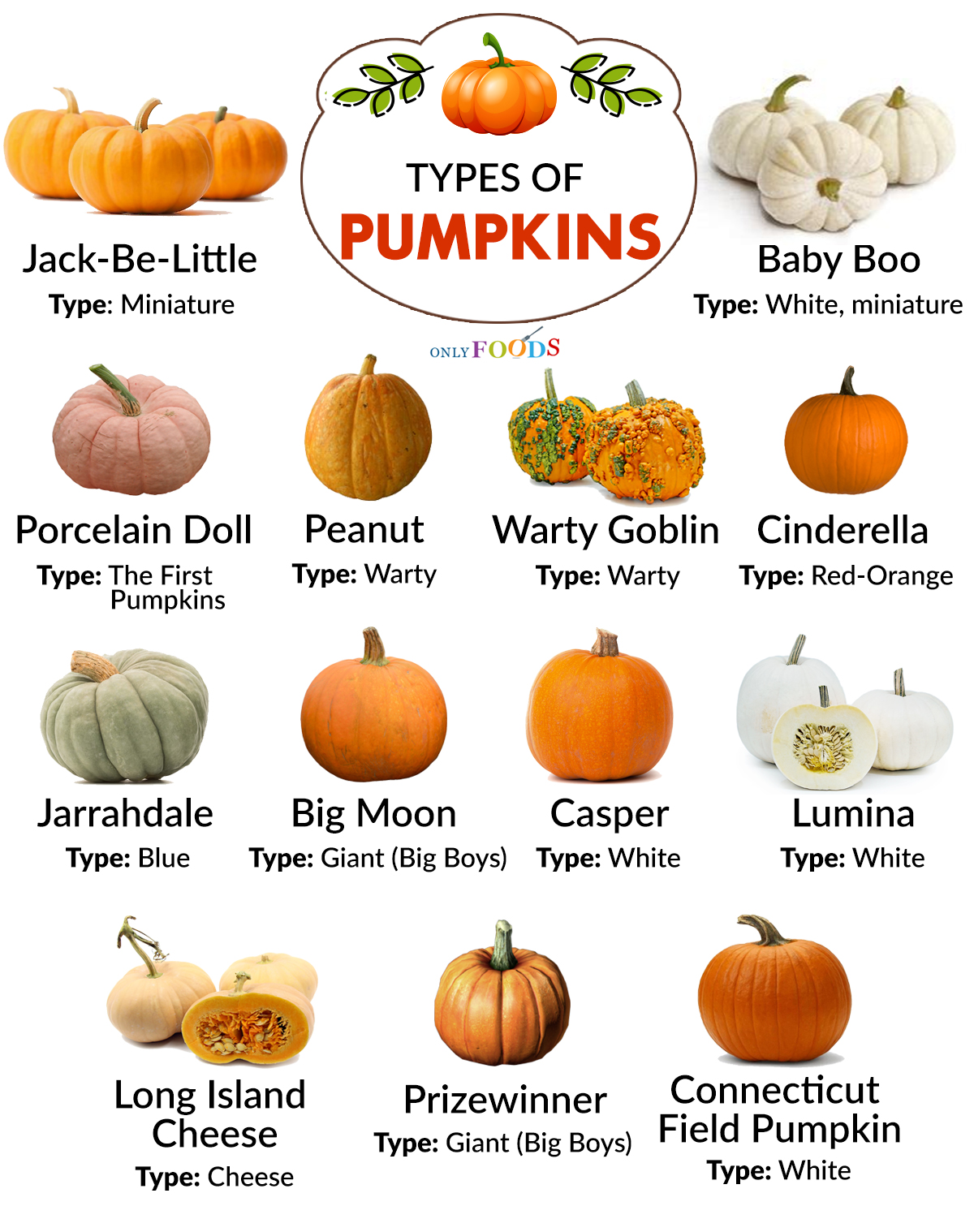
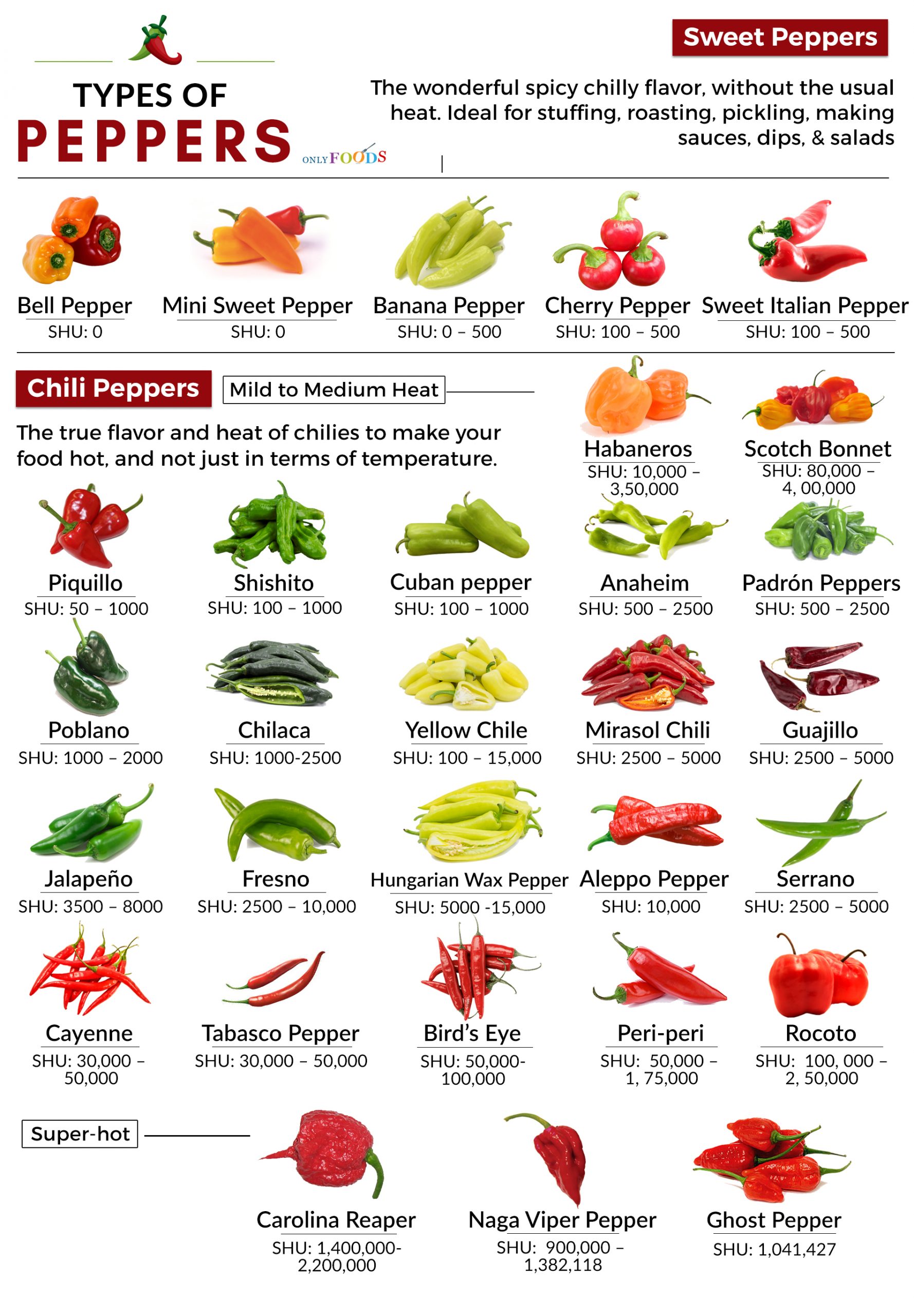
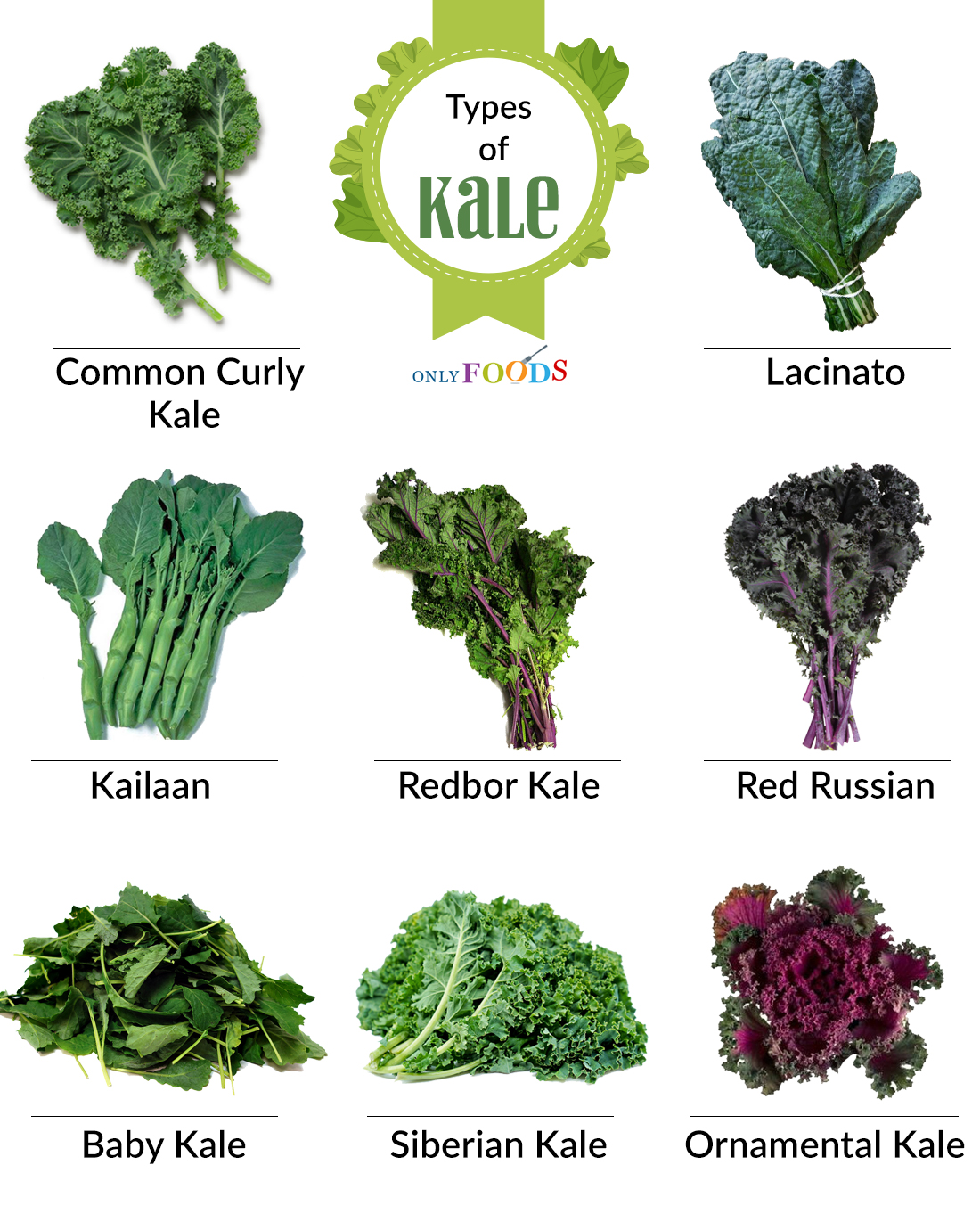
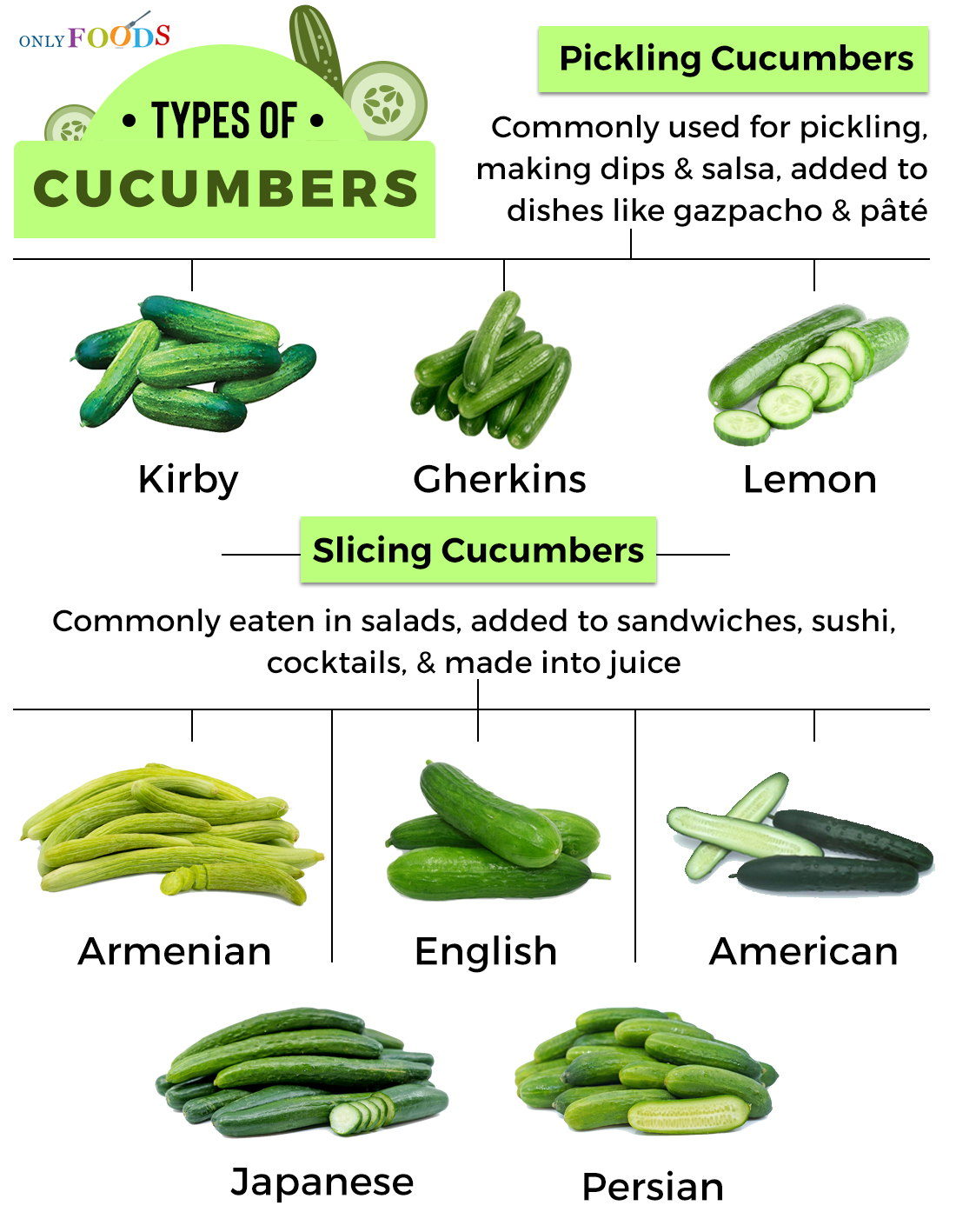















Leave a Reply